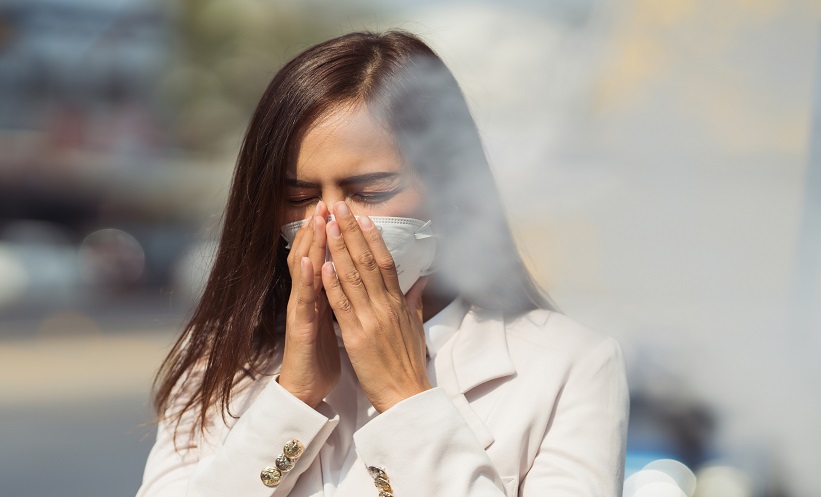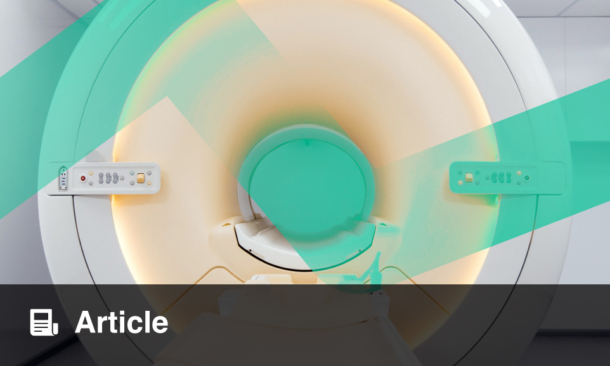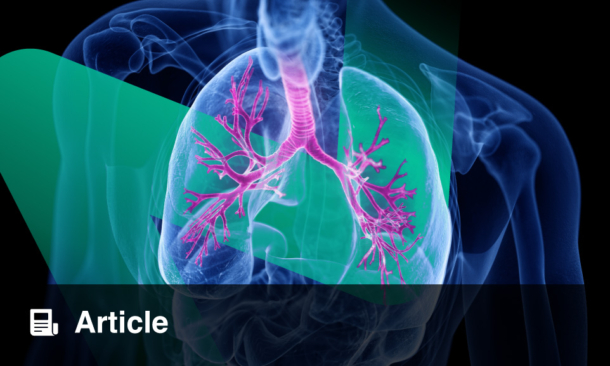A STRONG link has been identified between the cumulative impact of neighborhood-level environmental and social factors, known as the “neighborhood exposome,” and the prevalence of asthma and chronic obstructive pulmonary disease (COPD) in U.S. adults. This new research, presented at the CHEST Annual Meeting 2024 in Boston, has shown that people living in neighborhoods with higher environmental burdens and social vulnerability face significantly higher rates of these lung diseases.
The study, a first of its kind in scope and comprehensiveness, analyzed over 71,000 neighborhoods across the U.S. using the 2022 Environmental Justice Index (EJI), a new tool that integrates 17 environmental and 14 social indicators, such as air pollution, poverty, and unemployment. Researchers found a clear, dose-dependent relationship between neighborhoods with higher EJI scores and increased rates of asthma and COPD. Specifically, areas with the highest EJI had 1.56% more cases of asthma and nearly 3% more cases of COPD compared to the least burdened neighborhoods.
The research highlights the importance of addressing environmental and social inequalities to improve respiratory health outcomes. “Our study suggests that residing in neighborhoods disadvantaged by environmental and social injustice contributes to higher rates of obstructive lung disease,” said Dr. Stephen Mein from Massachusetts General Hospital, the study’s lead researcher. He emphasized the need for targeted interventions to mitigate neighborhood disadvantage and reduce health inequities.
The findings underscore the potential role of neighborhood environment in shaping lung disease outcomes, beyond individual lifestyle factors like smoking.
Reference: Mein S et al. Neighborhood exposome and prevalence of asthma and COPD. CHEST. 2024:166(4):A3828-A3829.
Anaya Malik | AMJ







